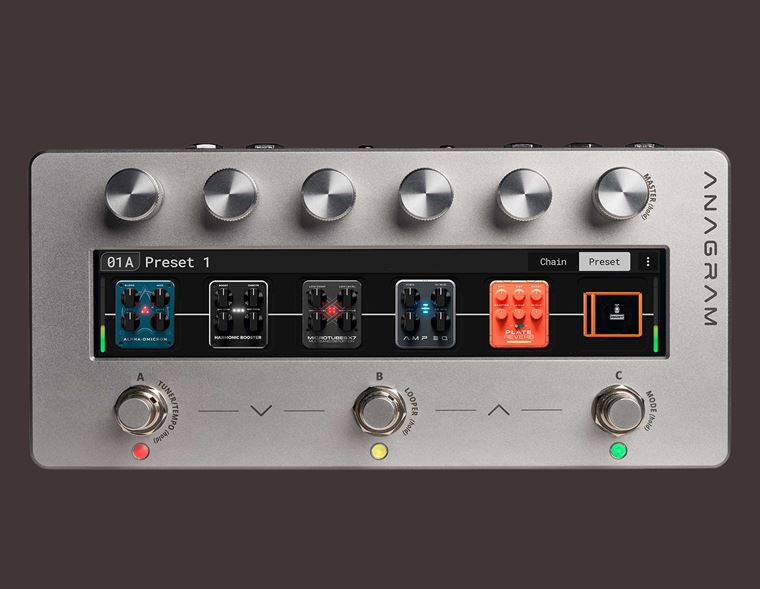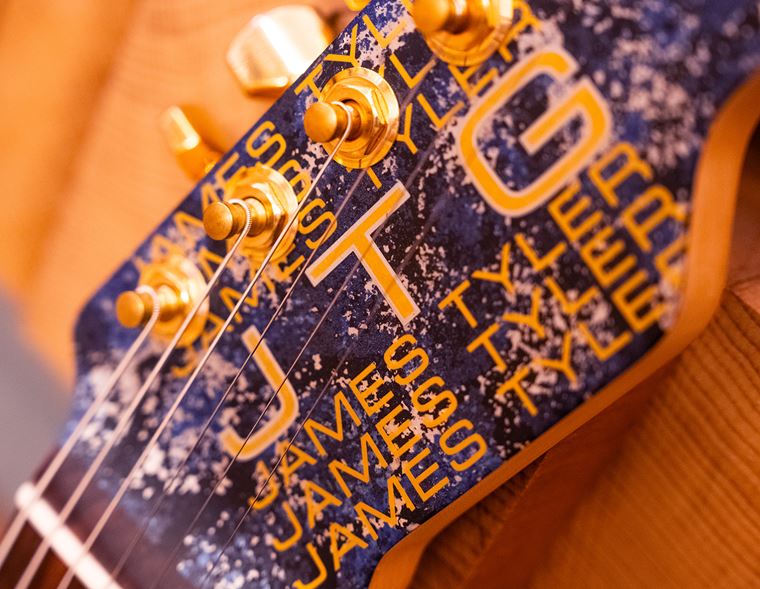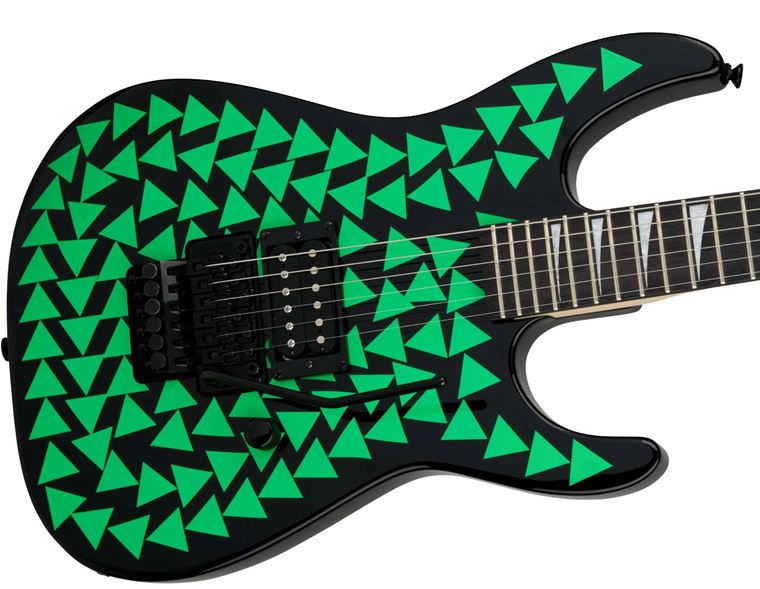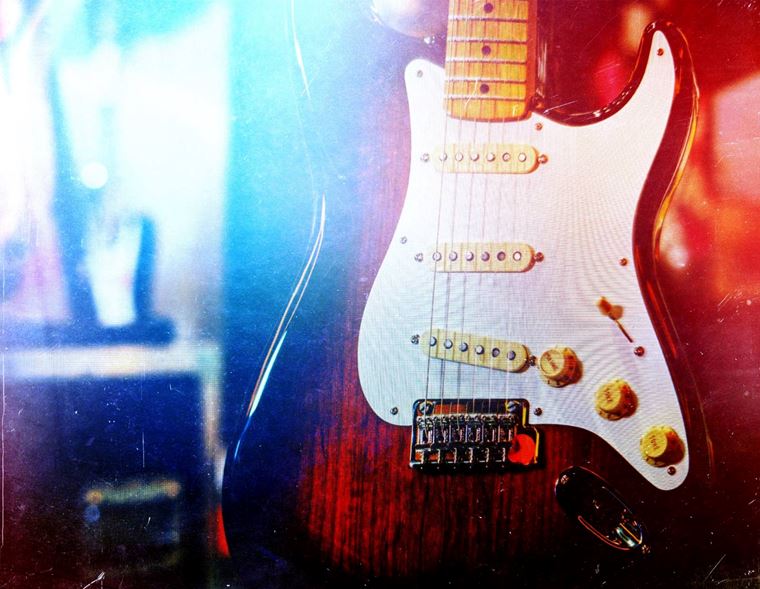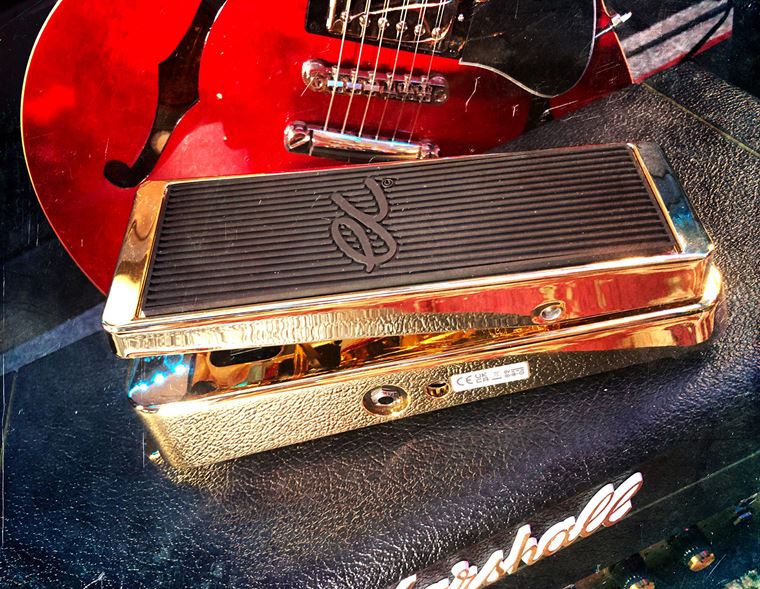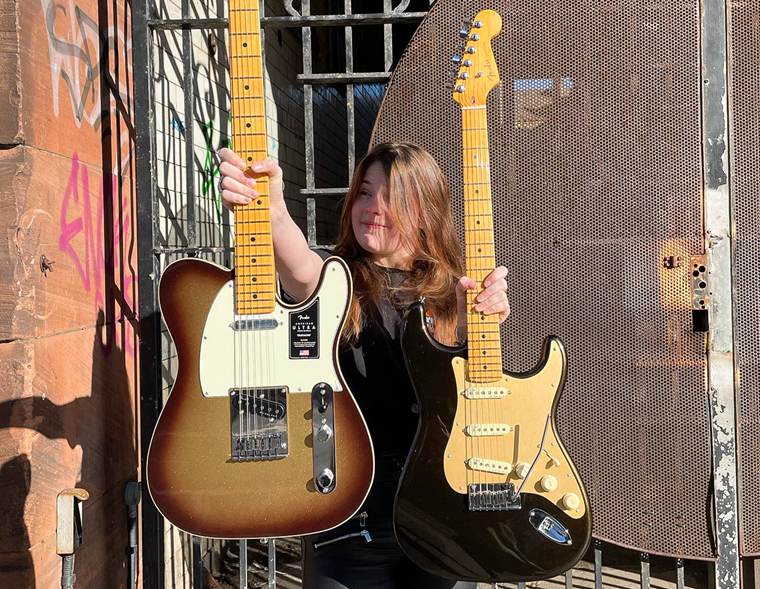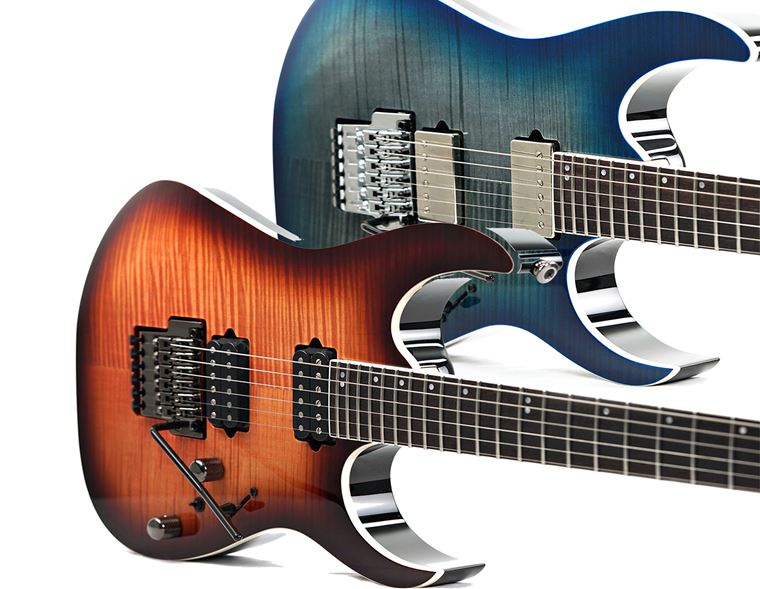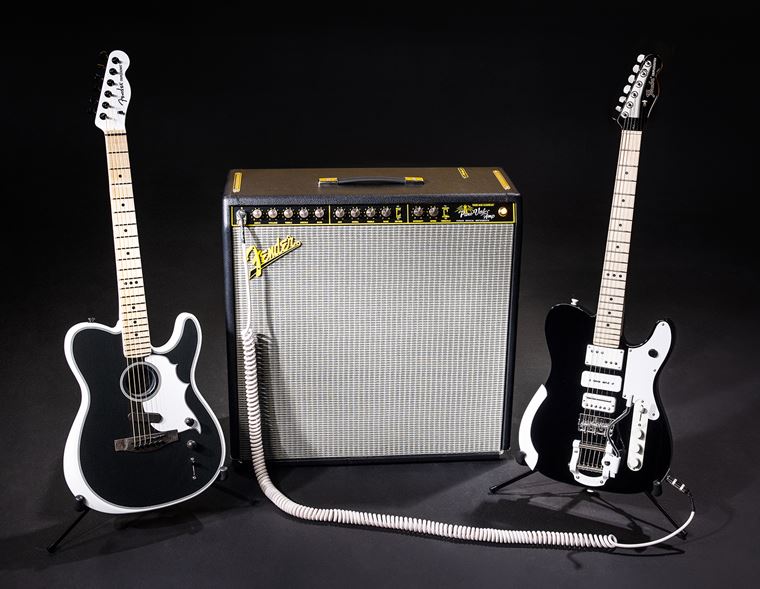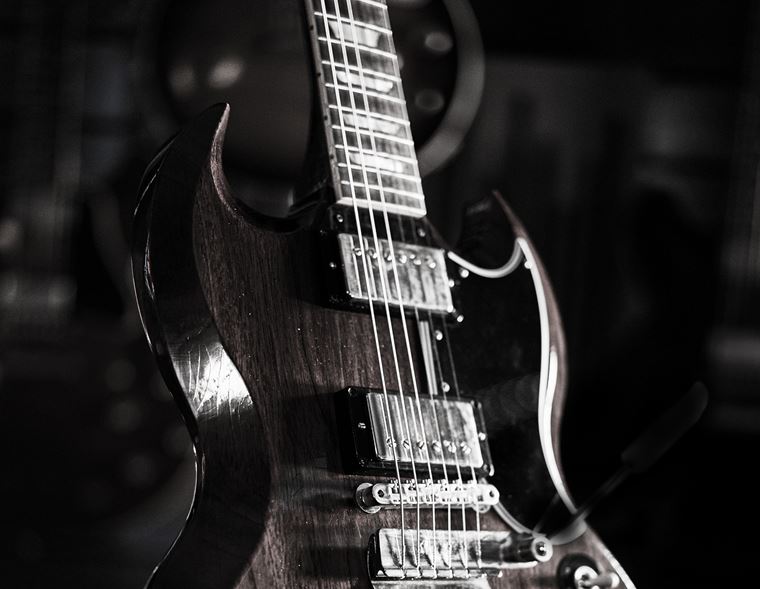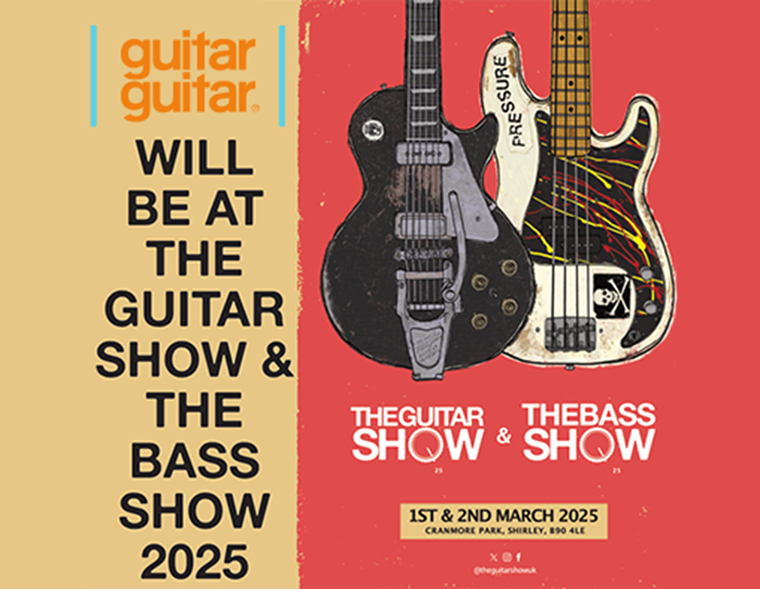MESA/Boogie are BACK!
Published on 27 March 2024
The titans of tone are back! MESA/Boogie - one of the most revered and innovative amplifier makers in the world - have been away for a few years, and boy have we missed them! What happened to Mesa? Where have they been? What does it mean, now that they’re back?
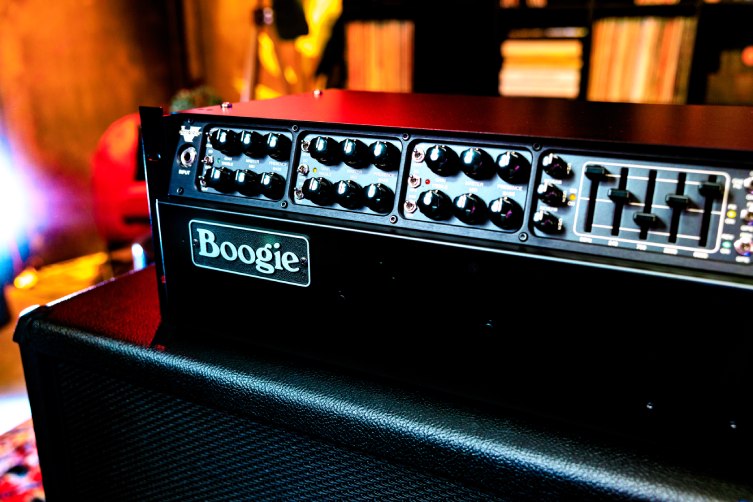
Got the lowdown right here, from a lifelong Boogie fan.
One of the things that impressed me when I first stepped into my local guitarguitar store in 2006 was the number of MESA/Boogie amps on display. I was already a Boogie user, and the level of access I got to different models through working for gg only deepened the passion.
Today, I’ll briefly look at why MESA/Boogie are so famous; at where they’ve been for the last few years; and I’ll check out some of the new amps that have helped make this relaunch such an exciting thing for guitarists!
Contents
MESA/Boogie - The Original Boutique Amp Brand
MESA/Boogie - Innovation & Quality
MESA/Boogie - The Original Boutique Amp Brand
Mesa are known as one of the greatest amplifier brands in the world. Their amps are particularly well designed and built, using top-drawer parts that are sourced not only for tone & response but also for longevity. Boogies are well known as being extremely road-ready as countless touring bands will attest: they may not always be the lightest things to carry around, but they run reliably and sound phenomenal night after night with real consistency.
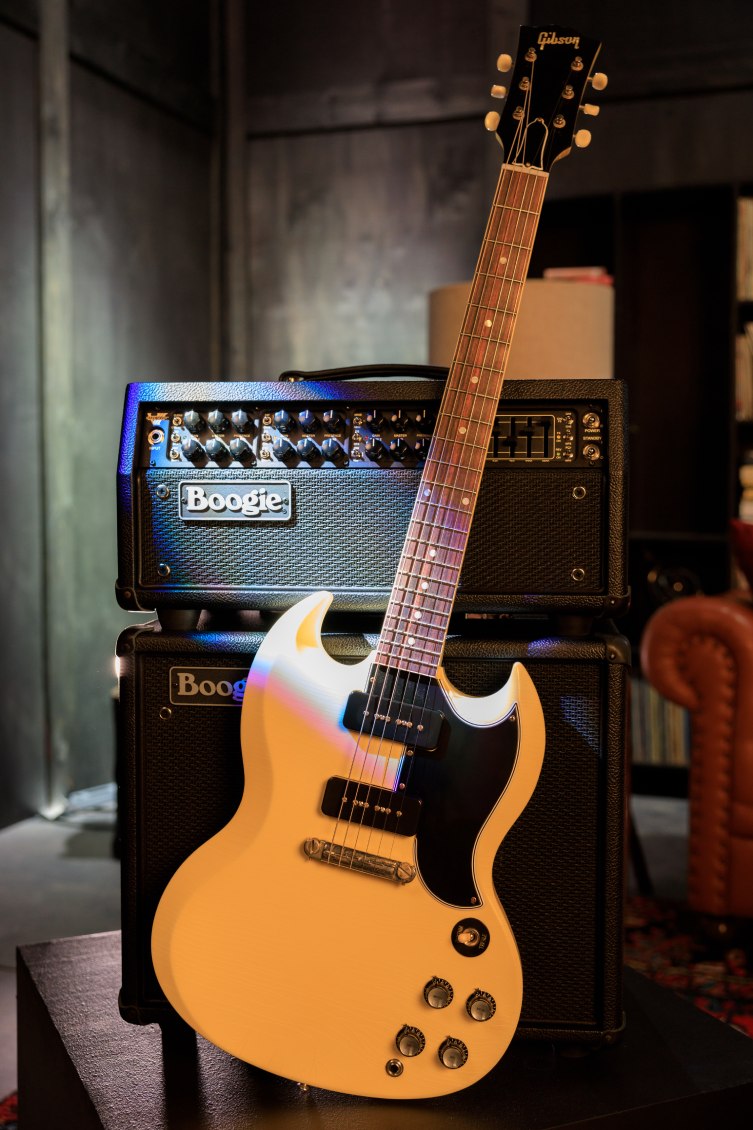
These qualities were built into Boogies right from the start, back in 1969. Randall Smith was adept at repairing not only his own Fender combos but those of his bandmates and other local musicians. This started a repair business inside a premises that was once a Chinese restaurant, and that business naturally morphed to include some of Smith’s own designs and builds.
MESA/Boogie encapsulated several of Smith's ideas on how to radically improve the sound of an amplifier within the device itself, instead of relying on pedals and production.
Thus began the whole notion of an amplifier built with the same care and attention to detail as a high-end guitar. Hand-built enclosures; hand-wired circuitry; circuit designs that incorporated next-level techniques for coaxing extra detail and dimension from the player’s performance… all of these factors made MESA/Boogie amps a cut above anything else on the market, and effectively invented the notion of the ‘boutique amplifier’.
Amps were no longer an afterthought: they were as significant to the guitarist as the guitar he chose to play. Innovations such as ‘cascading gain’ - the idea of overloading the preamp section in stages for increasingly intense distortion - came from that attention to detail-in-practice, as was the notion of a powerful graphic EQ on the front control panel. None of this had ever been done with electric guitar amps before. People like Carlos Santana took notice and began to spread the Boogie gospel.
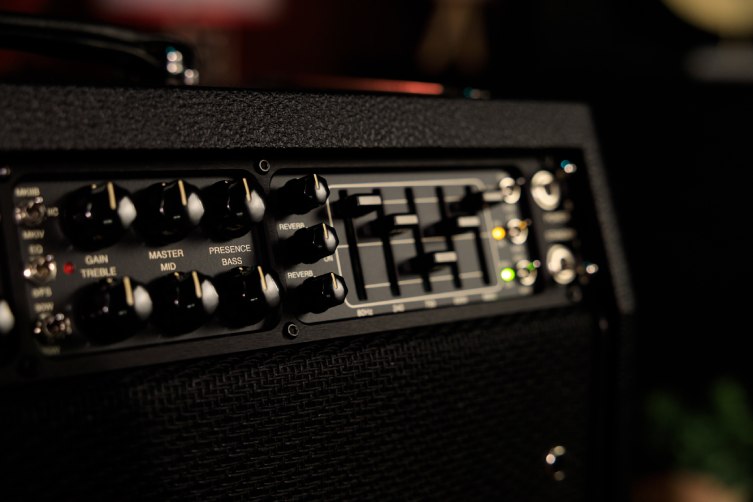
In the 80s, as MESA/Boogie were making waves with their first Mark series amps, lots of amp-modders - particularly around the Los Angeles area - effectively copied the cascading gain circuit idea when they modded older Marshall heads for the likes of Eddie Van Halen Eddie Van Halen and the rest of the Sunset Strip crew. It’s simply something that other amps of the day couldn’t do, and pretty much everyone did their best to copy that vibe afterwards!
During this period, bands such as Metallica made their own history using the famous Mesa Mark IIC+ amplifier, and the legend began to spawn.
By the time the 90s dawned, and grunge broke the hair metal scene into pieces, the MESA/Boogie Dual Rectifier amp was released and quickly became one of the most popular amps in the world. Everyone wanted that huge, searing, chunky high gain tone, from Soundgarden to Limp Bizkit and Korn! From that point onwards, Mesa’s reputation as one of the greatest builders of guitar amps in the world was secure.
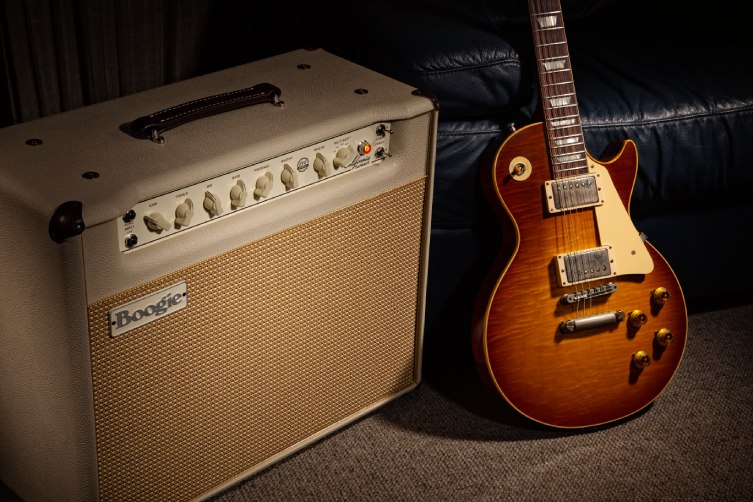
Amps as Instruments
Central to the whole ethos of Mesa as a brand is their point of view that amplifiers are instruments, as much as guitars are. It makes sense when you think about it: your audience isn’t so much hearing your guitar as they are hearing your guitar after it goes through the amp. In reality, amps do the lion’s share of the work in terms of tone, and we all secretly know this, I think. Even so, here’s a hypothetical example for you…
A Fender Custom Shop Strat (for example) will sound okay plugged into a tiny solid state 10 watt practice amp. It’ll sound exceptional when the same player plugs the same guitar into a Mesa Boogie MK IV, say. Now, if that same player grabs a £99 Strat copy, it’ll still sound okay through the little practice and, and it’ll sound exceptional through the Boogie Mark IV. The amp is very much dictating the quality of the tone over the instrument. Granted, the expensive Fender will sound slightly better in both cases, but I think it might give a lot of players a degree of perspective when they realise how much their amp controls how they sound. Can you imagine Metallica getting what they need from a Fender Champ?
With all of this in mind, for players who are serious about not only having great tone (regardless of genre), but being able to control and shape that tone, nothing really beats the real deal.
Boogie and Gibson
I’d say that most of us in the industry were a little surprised when we learned that MESA/Boogie were being bought by Gibson. Speaking to Doug West in a recent interview (see above), I asked what lay behind the buy, and his answer was characteristically straightforward. Mesa’s top guys were all getting older, and they wanted a larger company to shepherd the brand somewhat; protecting it for the future. Gibson were such a company, and seemed like the perfect fit in so many ways.
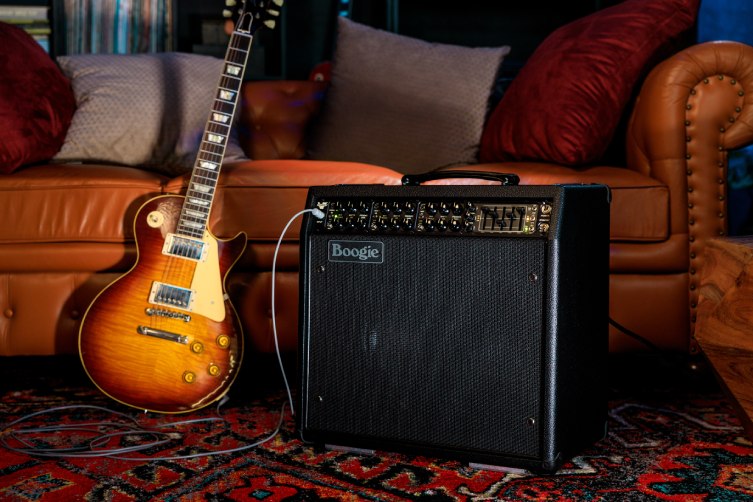
As for the delay in amps being available, that’s a simple and familiar thing, too. Parts & components were becoming scarce through the pandemic, and the parts that did come through were not always making the Mesa grade. We go into it more in our video interview, so do make sure you give it a good watch!
The great news is, Mesa/Boogie is back and it’s not going anywhere.
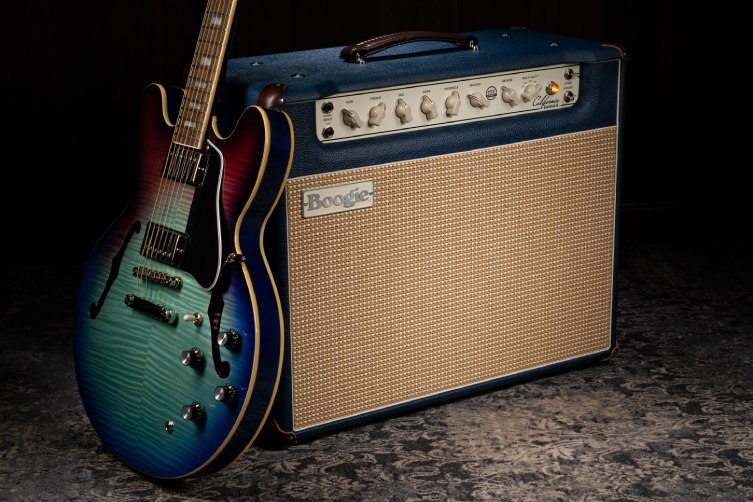
New Mesa Models
I’m happy to see lots of classic Mesa amps being made available over here in the UK again. You’ll finally be able to get your hands on a Dual Rectifier head again, and create the world’s most famous tube-driven high gain tone. There really is a loss in translation if you’ve only ever experienced this sound via a digital modeller, so I encourage curious parties to seek one out at their local guitarguitar and choose a suitably ‘rock’ guitar to use when putting it through its paces!
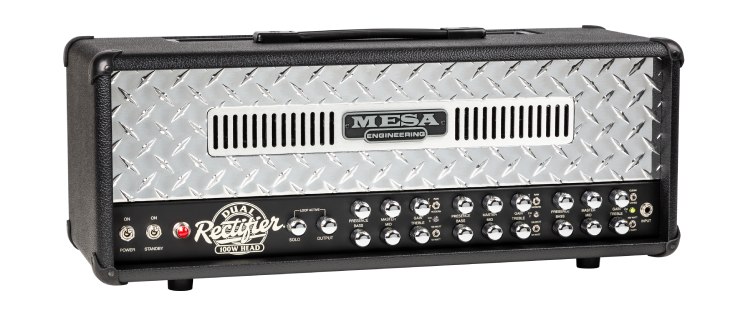
The Mark range will be available again too, in the form of the brand new Mark VII and existing Mark V iterations. The popular John Petrucci signature amp, the JP2C, is available again as well. Fans will understand that this amp is very much a recreation of the classic Mark IIC+, but with a range of extra Petrucci-centric features to enrich the offering.
There are also a number of brand new ranges forthcoming, so let’s take the briefest of peeks here…
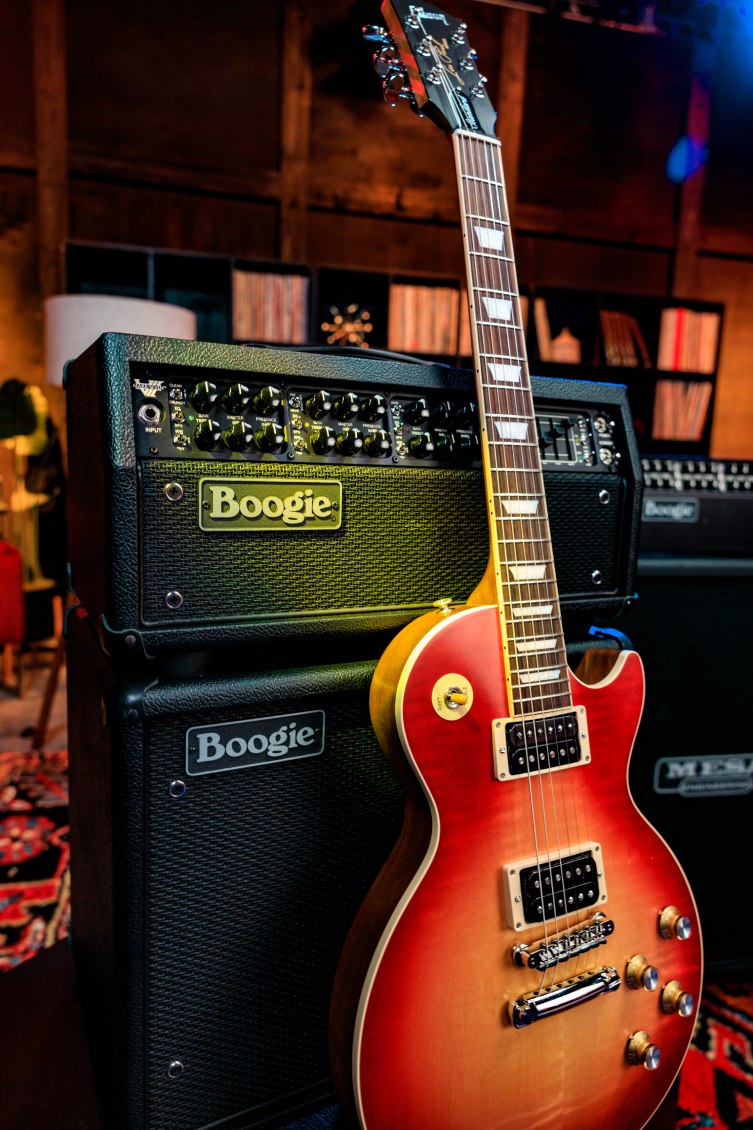
Rectifier Badlander
Forming a part of the high gain Rectifier range, these new Badlander amps seek to re-establish high gain amps for today’s guitarist. Offering a similarly huge amount of gain to the famed Dual Rec amp, the Badlander aims to achieve a tighter, more focused sound with a different bottom end response.
Basically, Mesa understand that the way people are using amps nowadays is different, and that a smaller, tighter sound is often more useful to the gigging playing than an enormous one. I’m really looking forward to getting acquainted with this one! The Badlander is available in head and combo format, with a range of wattages.
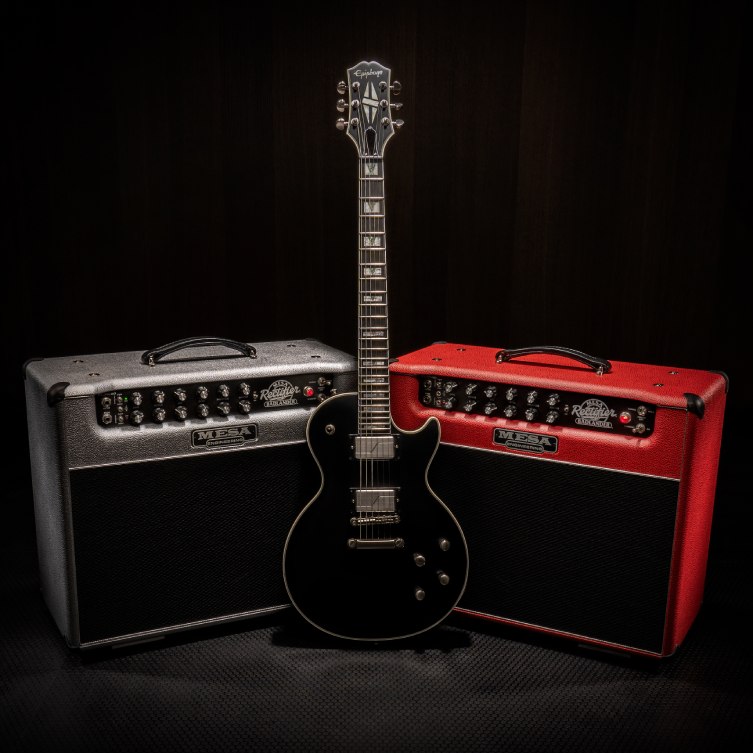
California Tweed
Mesa have always been about more than just Hetfield-worthy high gain crunch, and this California Tweed range goes some distance to prove that. This is a particularly ‘boutique-y’ model, with a single channel, simple controls and a nice big reverb in there so let you bask in pure, unadulterated tube tone.
This is one of those amps that not only provides a fantastic base for pedals, but also rewards players who use their guitar’s onboard volume and tone knobs. It’s a more organic, breathable sound, but still dipped in class.
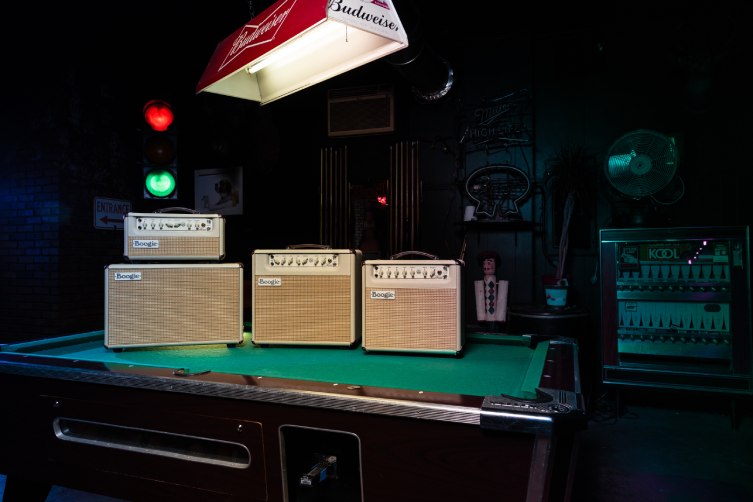
MESA/Boogie - Innovation & Quality
So that’s just a little hint of what’s going on over in California. As I mentioned earlier, MESA/Boogie are back, and they aren’t going anywhere! The kings of American tube tone have returned with an astoundingly strong lineup, and this time they are all going to be available for those who’ve been craving some of that Mesa magic.
Digital modelling is great, but there would be nothing to model in the first place if excellent amp makers didn’t build us stunning amplifiers. Mesa are keeping that art alive, with amps that are fully reactive instruments in their own right.
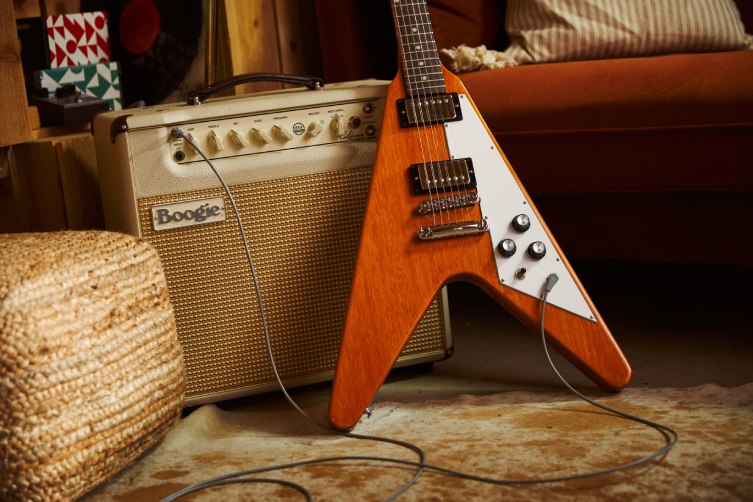
We’re so happy to have MESA/Boogie back, and we invite you to check them out in person at your earliest convenience.
Click to View our Selection of MESA/Boogie Amplifiers


